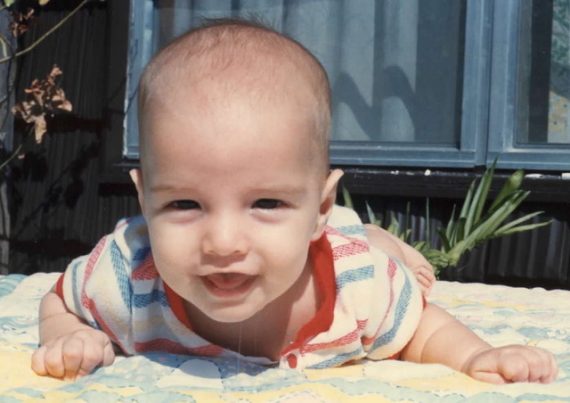
(5-16-19) The blog I posted on Mother’s Day announcing Thomas Silverstein’s death in Colorado from heart complications, sparked a flurry of personal emails from retired and current federal Bureau of Prison employees whose opinions I respect.
Many of whom I had interviewed in 1987-89 when I was doing research inside the U.S. Penitentiary in Leavenworth for my book, The Hot House: Life Inside Leavenworth Prison.
Several complained that I had written an overly sympathetic and incomplete portrait of Silverstein who had spent 36 years in isolation, believed to be the longest of any federal prisoner. They argued that I failed to document how dangerous he was and why isolationing him was necessary.
In retrospect, I agree there were incidents in Silverstein’s life that I should have posted to be fair. I omitted them, not because of any ill intent, but because I was focusing in my blog about his three decades and more of isolation and our 32 years of correspondence about his life behind bars.
While the murder of Correctional Officer Merle Clutts was the impetus for putting Silverstein under “no human contact” status, I failed to explain that he had already been convicted of brutally murdering three fellow prisoners, although his first conviction was later overturned.
An official involved in isolating Silverstein said the BOP couldn’t risk releasing him into the general prison population or even into solitary confinement in a special housing unit where other prisoners were kept because of his demonstrated history of killing.







